Side stroke swimming is a classic and efficient swimming technique that combines simplicity with powerful propulsion. Though often overlooked in favor of freestyle or breaststroke, side stroke swimming offers unique advantages for swimmers of all levels.
Moreover, it allows the body to glide smoothly on its side, reducing water resistance and conserving energy. This makes it ideal for long-distance swimming, rescue operations, and beginner training.
Additionally, sidestroke swimming features a scissor kick and alternating arm movements. These actions work together to create steady forward motion with minimal strain. Because of this, many lifeguards and military personnel rely on it during endurance tasks.
It also supports breathing ease. Since one shoulder stays above water, swimmers can inhale without turning their head. This reduces fatigue and increases comfort.
Further, side stroke swimming helps improve body alignment and balance in the water. It teaches core control and coordination between upper and lower limbs.
Because of its versatility and low impact, learning sidestroke swimming benefits recreational swimmers, athletes, and rehabilitation patients alike.
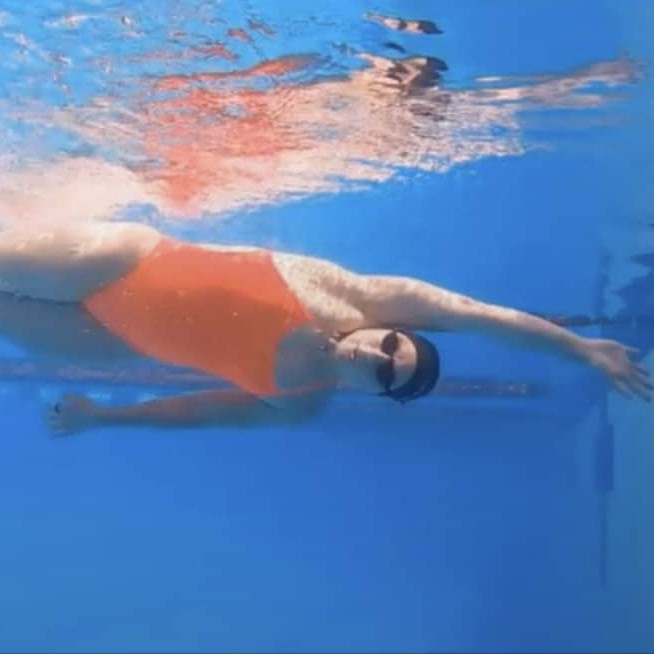 The Origins and Historical Use of SideStroke Swimming
The Origins and Historical Use of SideStroke Swimming
Side stroke swimming has deep roots in the history of aquatic movement. First developed in the 19th century, it became a standard technique for naval training and lifesaving.
Then, lifeguards adopted sidestroke swimming due to its efficiency and visibility. They could keep an eye on victims while moving steadily through the water.
Military forces also used it during wartime missions. Soldiers swam silently using sidestroke swimming to avoid detection. Its quiet nature made it perfect for stealth approaches.
In early competitive swimming, before modern strokes evolved, sidestroke swimming appeared in races. Swimmers used variations like the “scissors” or “fishtail” kicks to gain speed.
Even as freestyle gained dominance, sidestroke swimming remained in training programs. Coaches valued it for teaching balance and lateral body awareness.
Also, maritime rescuers continued using it into the 20th century. The ability to tow another person while maintaining breath control was unmatched.
Today, while not common in races, sidestroke swimming lives on in survival courses, swim schools, and therapeutic programs.
Therefore, its legacy reflects both practicality and enduring value in water safety education.
Key Components of Proper SideStroke Swimming Technique
Mastering side stroke swimming requires attention to several key elements. First, body position is crucial. Swimmers lie on their side with the lower arm extended forward. The upper arm rests along the hip.
Next, the head remains tilted slightly so one ear stays in the water. One eye watches forward. The other faces down. This keeps the spine aligned and reduces drag.
The scissor kick powers much of the movement. Legs extend in opposite directions—one forward, one back—then snap together. This action generates strong thrust with little effort.
Arms move in a coordinated sequence. The top arm sweeps forward from the hip and reaches ahead. At the same time, the bottom arm pulls back toward the chest.
As the arms transition, the hands meet near the chest. Then, the top hand shoots forward again. This creates continuous motion.
Breathing occurs naturally. Since the face stays partially exposed, inhalation happens without lifting the head. Exhale slowly underwater.
Core engagement stabilizes the body. Tight abs prevent rolling or sinking. This improves glide and efficiency.
By focusing on these components, swimmers develop smooth, effective side-stroke swimming form.
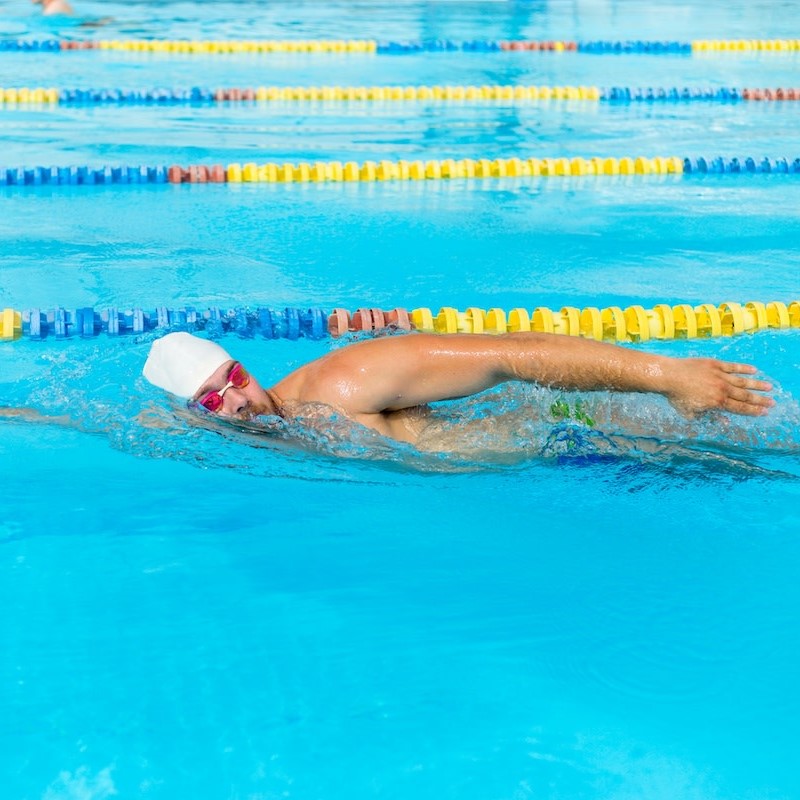 How SideStroke Swimming Compares to Other Strokes
How SideStroke Swimming Compares to Other Strokes
Side stroke swimming differs significantly from front crawl, breaststroke, and backstroke. First, it takes place on the side, unlike freestyle or backstroke which use prone or supine positions.
Meanwhile, breaststroke requires symmetrical arm and leg movements. In contrast, side stroke swimming uses asymmetry—the arms and legs perform different actions.
Freestyle is faster but more tiring. Side stroke swimming conserves energy. This makes it better suited for long swims or recovery phases.
Backstroke allows easy breathing but limits visibility. With side-stroke swimming, swimmers see where they’re going. This is vital during rescues or open-water navigation.
Breaststroke creates more resistance due to its frog kick. Side stroke swimming’s scissor kick cuts through water with less drag.
Also, side stroke swimming demands less shoulder flexibility than freestyle. This makes it accessible to older adults or those with joint issues.
Unlike butterfly, which requires intense strength, side-stroke swimming emphasizes rhythm and timing. It’s easier to sustain over distance.
Furthermore, it allows one-handed swimming. Lifeguards use this to support a victim while still moving.
Thus, side stroke swimming fills a unique niche—it balances speed, control, and functionality in ways other strokes cannot match.
Benefits of Practicing SideStroke Swimming Regularly
Practicing side stroke swimming regularly delivers multiple physical and mental rewards. First, it builds core strength. The body must stay balanced on its side. This engages obliques and lower back muscles.
Also, it improves hip flexibility. The scissor kick stretches and strengthens the inner and outer thighs. Over time, range of motion increases.
Cardiovascular health improves too. Like any aerobic activity, side-stroke swimming elevates heart rate and boosts circulation. It does so with low joint impact.
Swimmers gain better body awareness. The lateral position teaches spatial orientation in water. This enhances overall swimming confidence.
Rehabilitation patients benefit greatly. Those recovering from shoulder injuries find side-stroke swimming gentle yet effective. It avoids overhead motions that cause pain.
For older adults, it offers a safe, controlled workout. Balance and coordination improve without high risk.
Mentally, the rhythmic nature calms the mind. Repetitive kicks and glides promote mindfulness. Stress levels drop after each session.
Additionally, side stroke swimming develops endurance. Because it uses less energy per stroke, swimmers cover longer distances without exhaustion.
These combined benefits make side-stroke swimming a smart addition to any fitness routine.
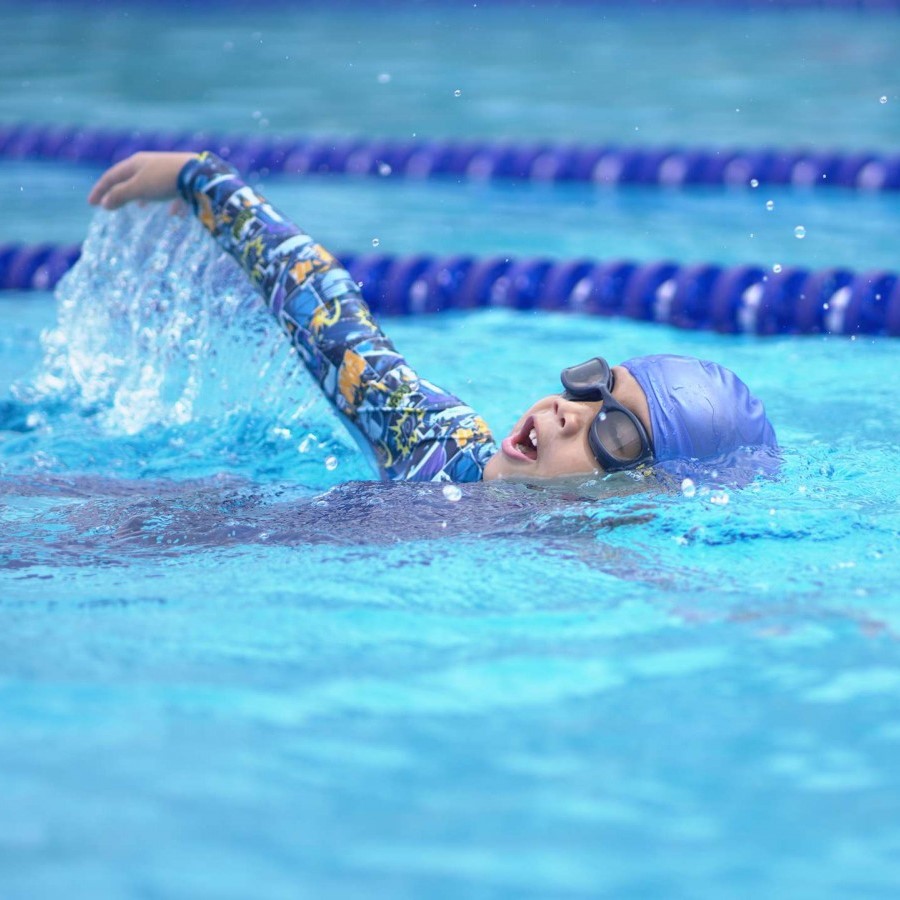 Common Mistakes to Avoid When Learning SideStroke Swimming
Common Mistakes to Avoid When Learning SideStroke Swimming
Many beginners make errors when first trying side stroke swimming. One common issue is improper body alignment. Swimmers roll too far forward or backward. This increases drag and slows progress.
Another mistake is bending the knees too much during the scissor kick. This reduces power. Instead, keep legs mostly straight. Allow only slight knee flexion.
Some lift the head too high. This causes the hips to sink. Keep the neck neutral. Let one goggle stay in the water.
Incorrect arm timing disrupts flow. Swimmers may pull with both arms at once. Or they fail to shoot the top arm forward quickly. Practice slow-motion drills to correct this.
Also, failing to engage the core leads to wobbling. Activate abdominal muscles throughout the stroke. This stabilizes the torso.
Breathing problems occur when swimmers hold their breath. Even though the face is partly exposed, exhale steadily underwater. Inhale during the arm recovery phase.
Lastly, rushing the stroke leads to poor form. Focus on smooth transitions. Speed will come with practice.
By identifying and correcting these mistakes early, learners build a solid foundation in side-stroke swimming.
Training Drills to Improve Your SideStroke Swimming
Improving side stroke swimming requires targeted drills. Start with side glide exercises. Push off the wall on your side. Extend one arm. Rest the other on your hip. Hold the position for 10 seconds.
Next, add single scissor kicks. Perform five kicks while maintaining balance. Switch sides and repeat. This builds stability and leg strength.
Practice the arm sequence slowly. Lie on your side. Move the arms through the full reach-pull-recover motion. Do ten reps per side.
Use a kickboard between your hands. Hold it out front while performing scissor kicks. This isolates the legs and improves kick power.
Try swimming half-stroke lengths. Swim two full cycles of sidestroke swimming. Then roll onto your front and freestyle back to the wall. Alternate each lap.
Incorporate bilateral practice. Spend equal time on both sides. Most people favor one side. Training both prevents muscle imbalances.
Add fins briefly. They increase propulsion and help maintain body position. Remove them once form improves.
Finally, swim timed sets. Cover 50 or 100 meters using only sidestroke swimming. Track progress weekly. Watch for smoother, faster laps.
These drills accelerate skill development and boost confidence.
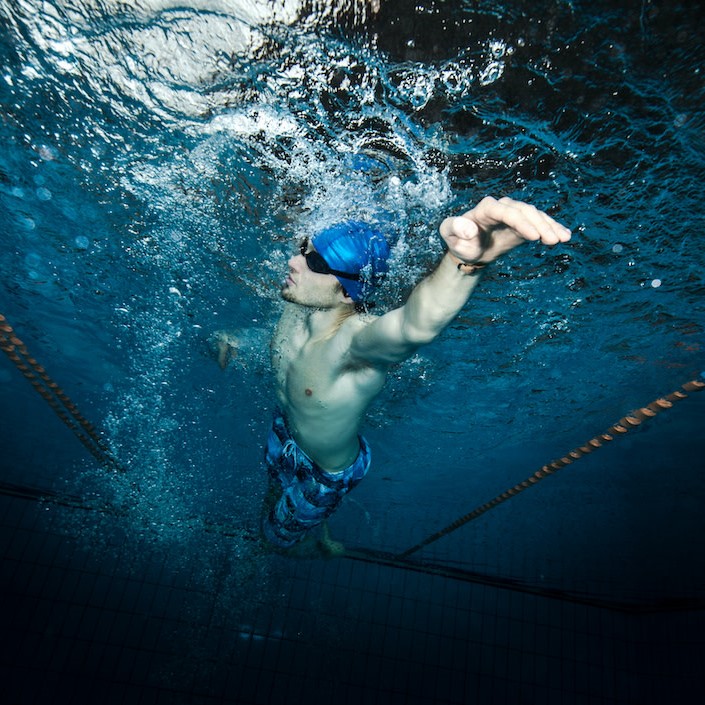 Frequently Asked Questions About SideStroke Swimming
Frequently Asked Questions About SideStroke Swimming
Is sidestroke swimming good for beginners?
Yes. Its natural breathing and relaxed pace make it beginner-friendly.
Can I use sidestroke swimming in open water?
Absolutely. Its visibility and efficiency suit lakes and oceans well.
Does sidestroke swimming work the core?
Yes. It actively engages obliques and lower abs for balance.
How do I breathe during sidestroke swimming?
Breathe in when your face is above water. Exhale slowly through nose or mouth.
Can I swim long distances with sidestroke swimming?
Yes. It conserves energy better than most strokes.
Is sidestroke swimming used in competitions?
Rarely. But it appears in lifesaving events and skill tests.
Do I need special equipment for sidestroke swimming?
No. Goggles and a swimsuit are sufficient for practice.
Can sidestroke swimming help with injury recovery?
Yes. It’s low-impact and avoids stressful shoulder movements.
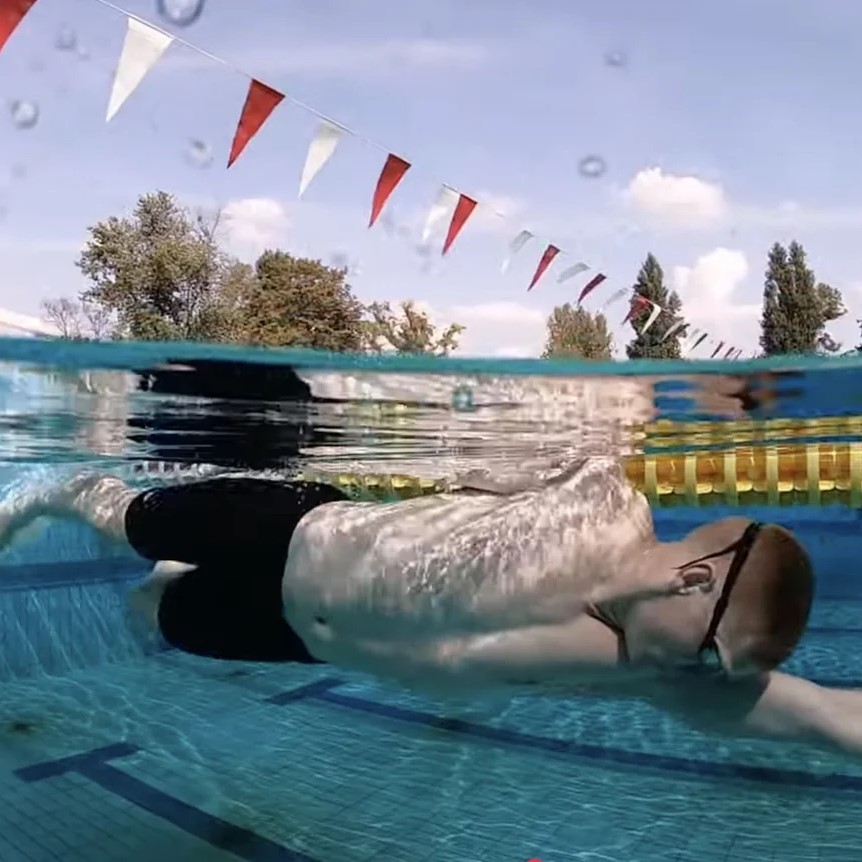 Final Thoughts on the Enduring Value of SideStroke Swimming
Final Thoughts on the Enduring Value of SideStroke Swimming
Side stroke swimming remains a valuable skill despite its reduced presence in mainstream swimming. It combines efficiency, comfort, and practicality in a way few strokes can match.
From lifeguard training to personal fitness, its applications are wide-ranging.
Moreover, sidestroke swimming teaches body control and promotes mindful movement. It encourages patience and precision over speed.
Whether you’re rehabbing an injury, preparing for water rescue, or simply exploring new techniques, side stroke swimming offers real benefits.
And because it’s adaptable and low-impact, it suits swimmers of all ages and abilities.
Ultimately, mastering sidestroke swimming adds depth to your aquatic skills. It connects you to swimming’s rich history while enhancing your present-day performance.
Truly, side stroke swimming deserves a place in every swimmer’s repertoire.